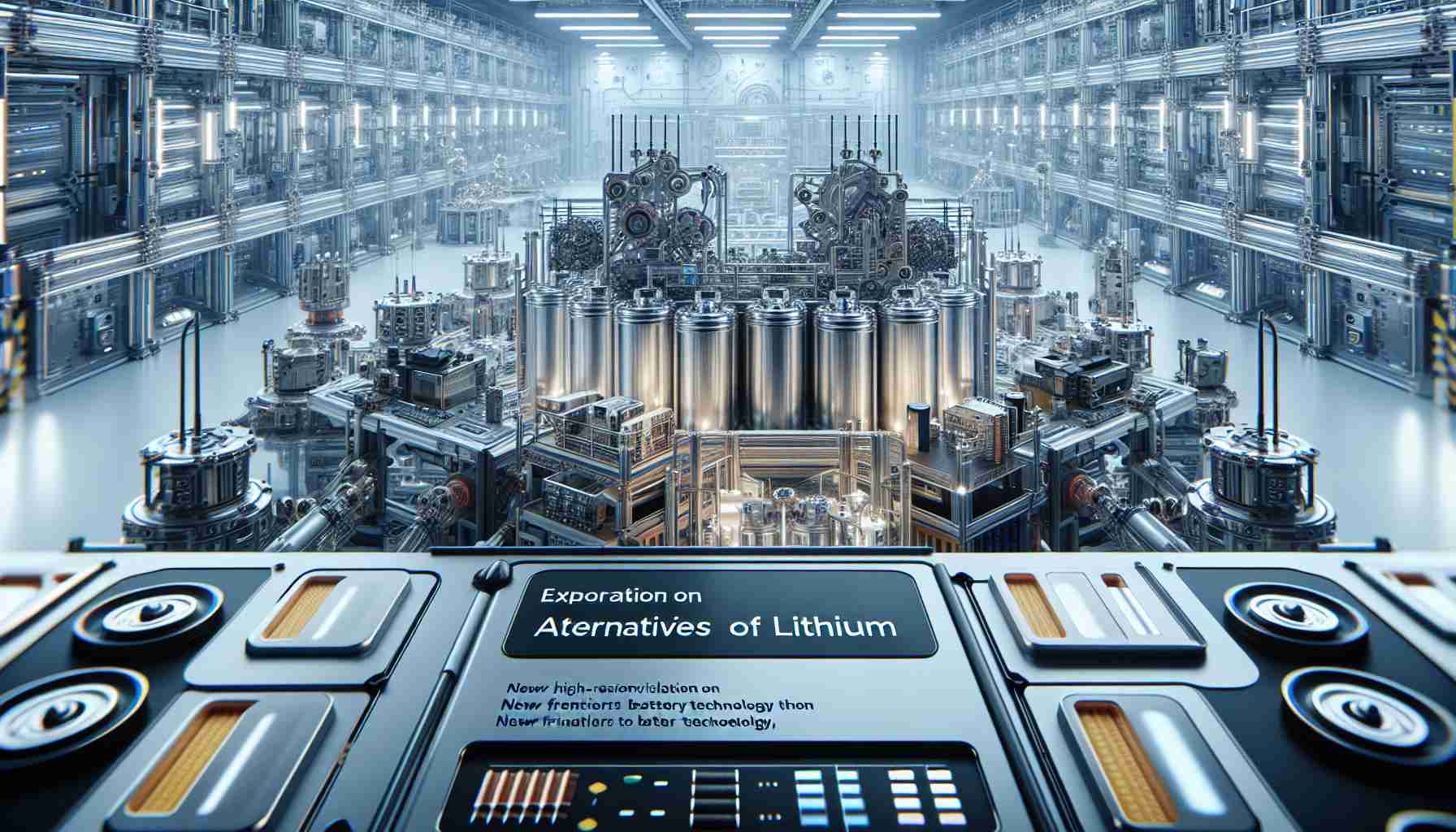The demand for electric passenger vehicles has far exceeded expectations, with consumers embracing the shift to electrified powertrains. While many electric vehicle (EV) owners are satisfied with their experience, some have concerns about charging infrastructure, speed, and the energy capacity of their vehicles. However, those who have the convenience of charging at home and shorter travel distances are generally happy with their decision to transition away from internal combustion engines.
Currently, lithium chemistry dominates the passenger car battery industry due to its superior energy density and other favorable properties. However, as the world recognizes the importance of energy storage in the renewable energy revolution, the demand for lithium is expected to increase. This has prompted a search for alternative battery chemistries that can offer significant improvements in energy density, charging rate, durability, or safety.
Engineers designing energy storage systems for EVs must consider various criteria and limitations, including range requirements, power capacity, mass, volume, cost, durability, and safety. However, there is often a lack of understanding about battery design among the general public and even some engineers who expect batteries to behave like fuel tanks.
While lithium has its advantages, such as high energy and power density, it is highly reactive and relatively rare. As a result, researchers and manufacturers are actively exploring alternative technologies to lithium-based batteries.
One promising alternative is lithium-sulfur (Li-S) batteries, which offer advantages such as rapid charging, higher energy density, reduced risk of thermal runaway, and better performance in extreme low temperatures. Toyota is developing solid-state batteries that use a sulfur-based electrolyte, and Stellantis is partnering with Lyten to explore applications for Li-S batteries. Additionally, Li-S batteries have a lower carbon footprint compared to conventional lithium-ion cells, making them more environmentally friendly.
Another viable option is sodium-ion batteries, which replace lithium with sodium. Sodium is more abundant than lithium and offers similar energy density levels. BYD, one of the largest producers of electric vehicles, is near the deployment of sodium-ion batteries in their production cars. Initial development by CATL has resulted in sodium-ion cells with energy densities comparable to lithium-ion cells. These batteries also perform well at low temperatures.
As the electric vehicle market continues to grow, the search for alternative battery chemistries intensifies. While lithium currently dominates, the development of technologies like Li-S and sodium-ion batteries provides hope for a future where energy density, charging rate, and durability reach new heights. These advancements will play a crucial role in further accelerating the adoption of electric vehicles and revolutionizing the way we power our transportation systems.
FAQs about Electric Vehicle Battery Technologies
The source of the article is from the blog mgz.com.tw
